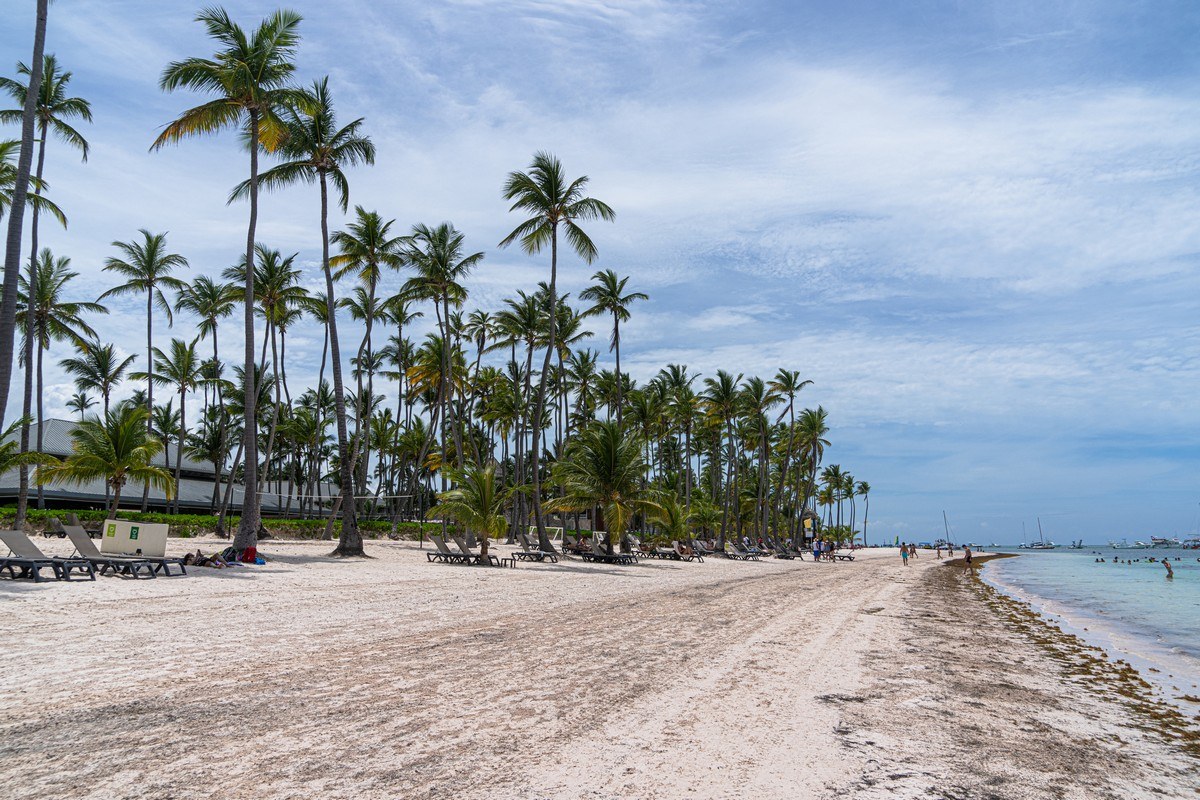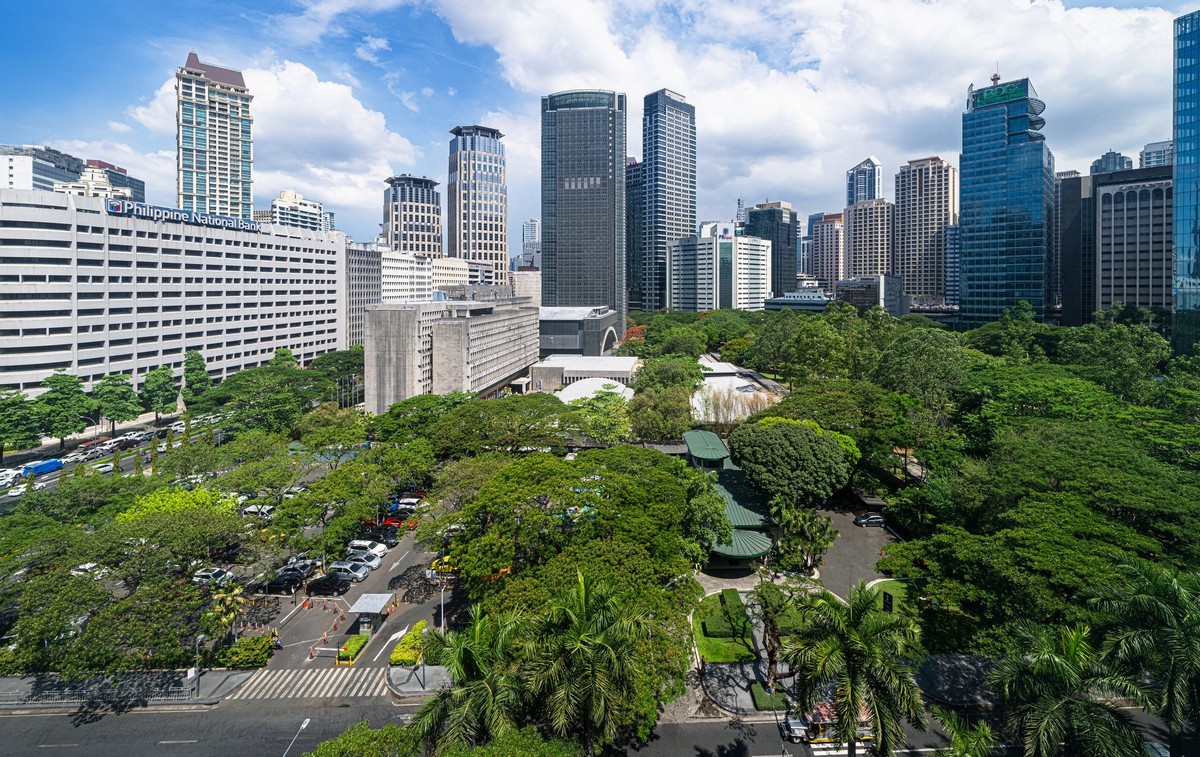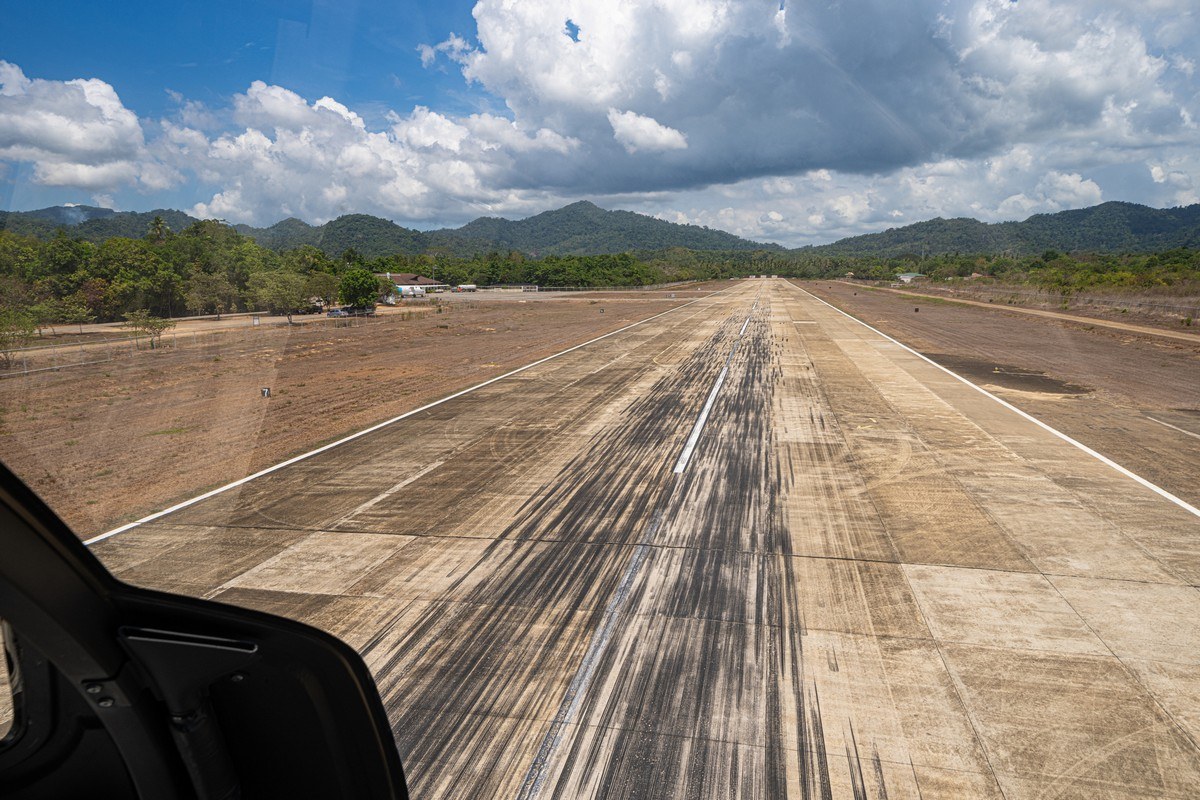June 12, 2024
Beach-walking – Dominican style.
I’ve a great many different hobbies and favorite activities – just like anyone. But one of the more unorthodox is long-distance beach-walking. What that?! Easy: Take any sandy beach – and stomp along it barefoot for as long as possible…
Does that include walking back all the way barefoot too? It does indeed. And I’ve never needed alternative options, which are, btw: (i) take a cab; (ii) take a taxi-boat by sea; and 3) be carried in/on some kinda carriage by porters (no WAY!)!
As regards some of the folks who may want to join me on such a barefoot beach-hike, I often have to feel sorry for them! Like I did recently in the Dominican Republic where we had our regional (North, Central and South America) partner conference: in-between work some colleagues joined me…
So we headed on down to the beach, looked left – not much happening down there, and then right – and decided that was the better option. The main reason: there was a tangible destination > that far end of the beach (with the trees behind it) where it seems to just end. Endpoint decided, off we popped…























